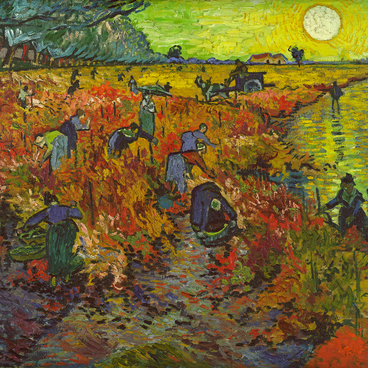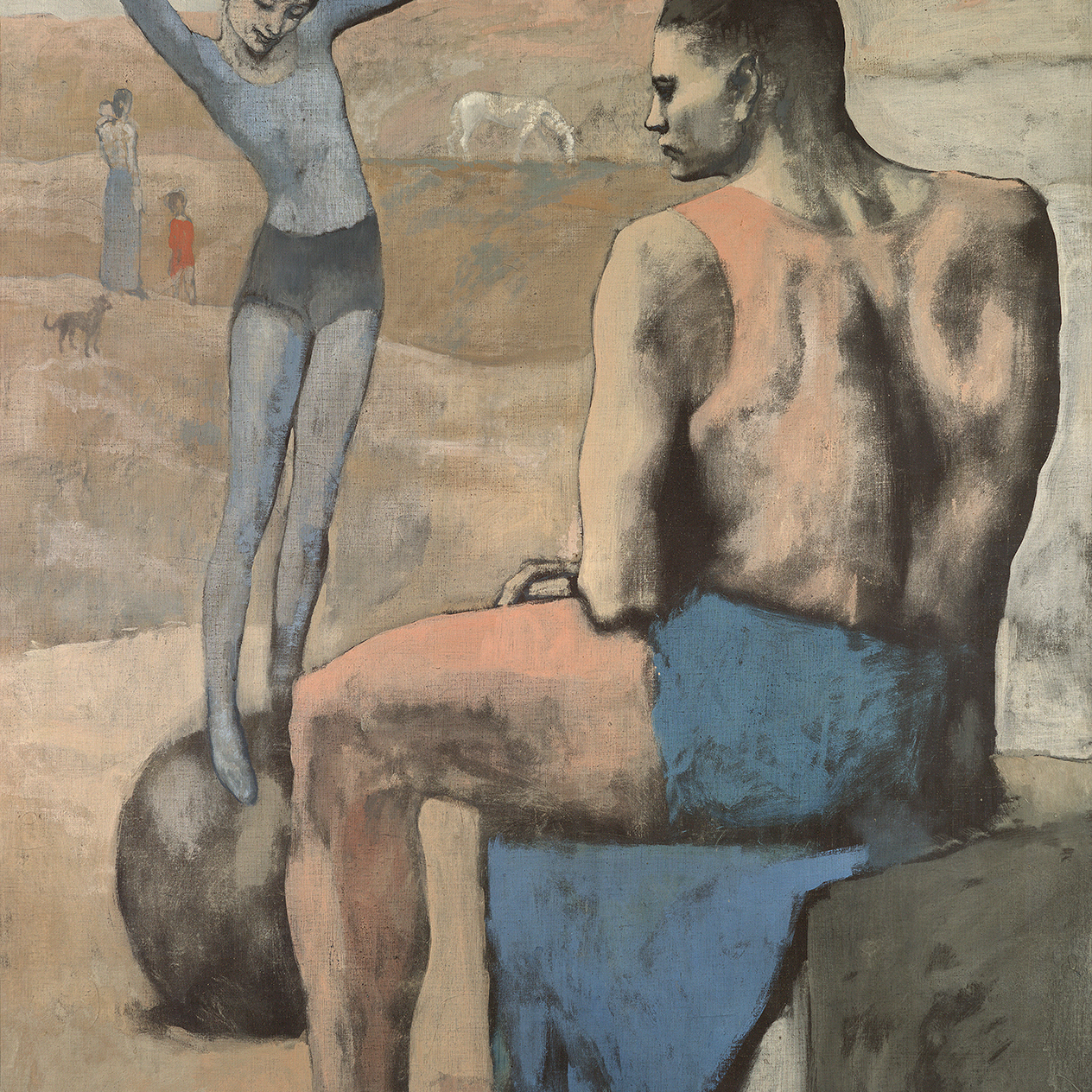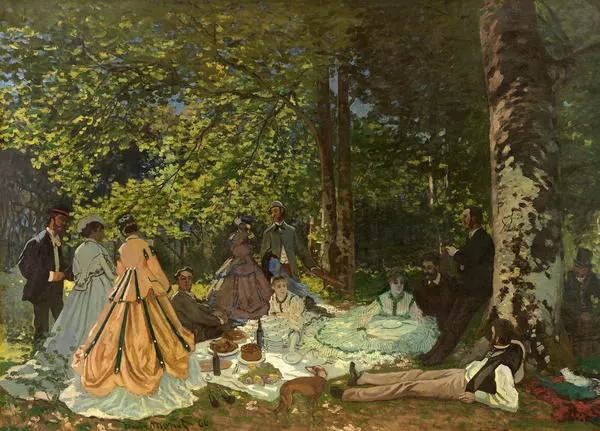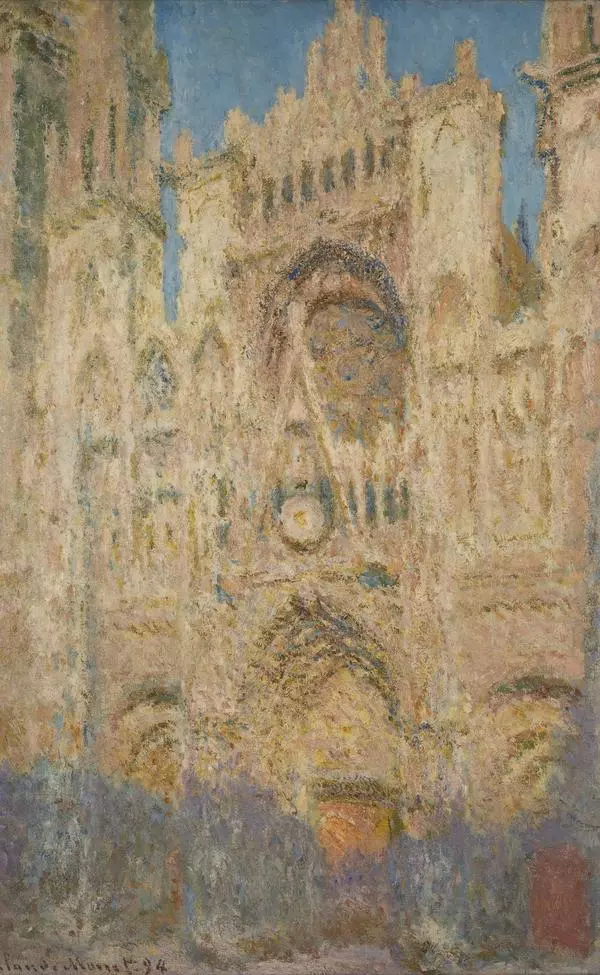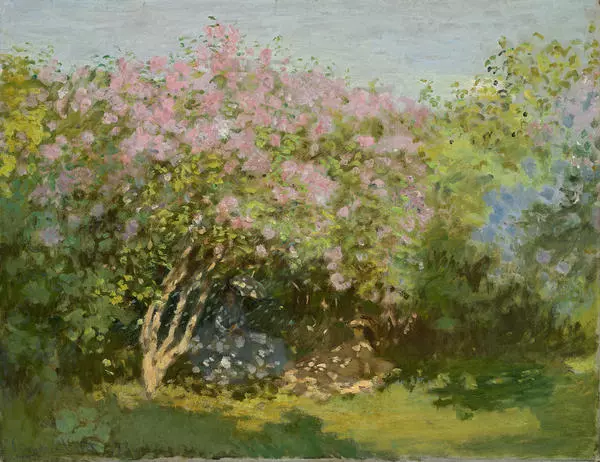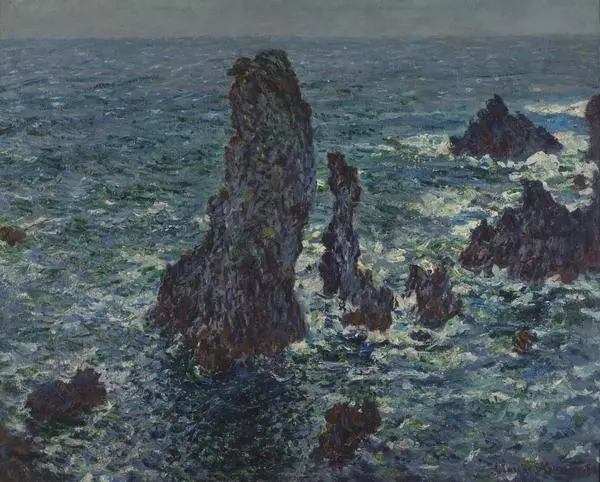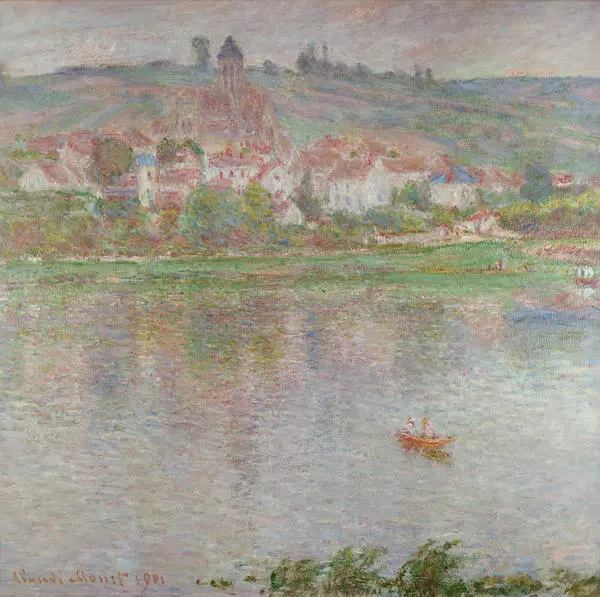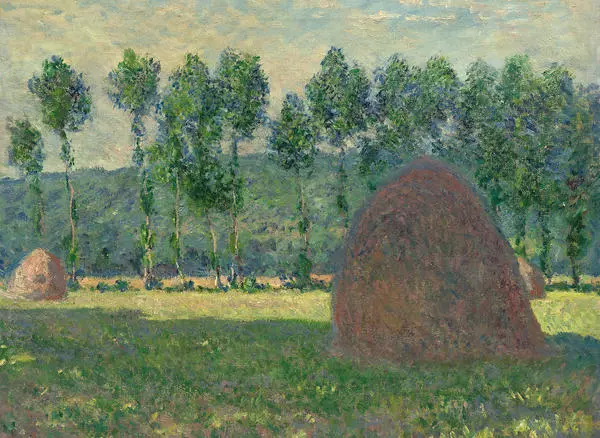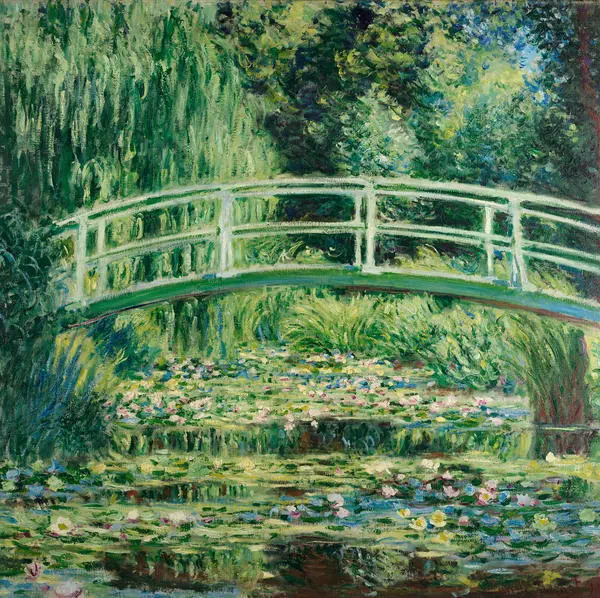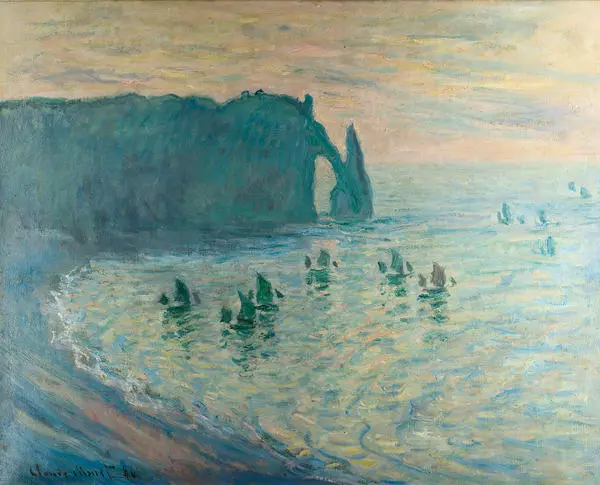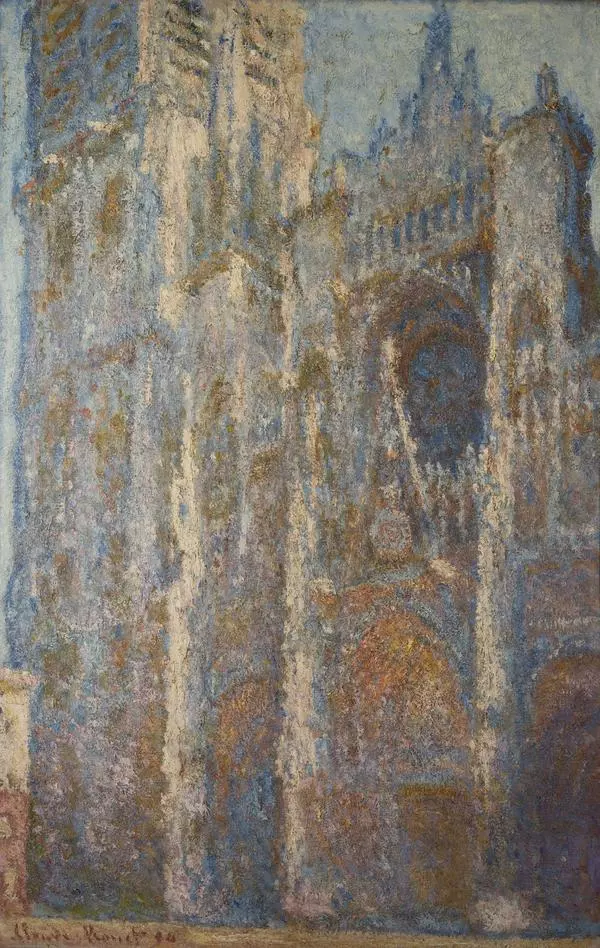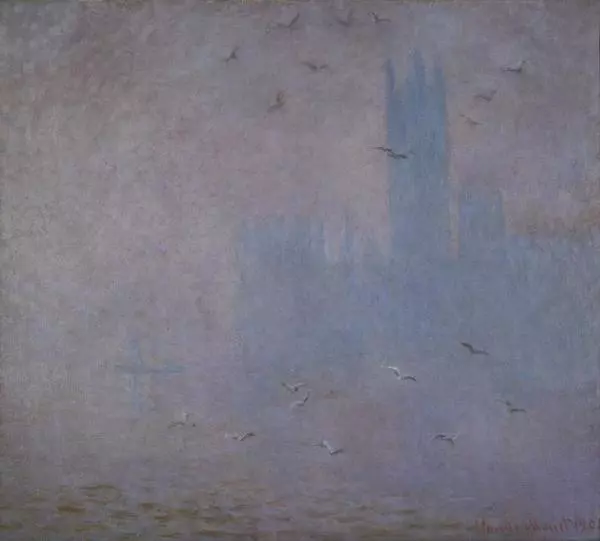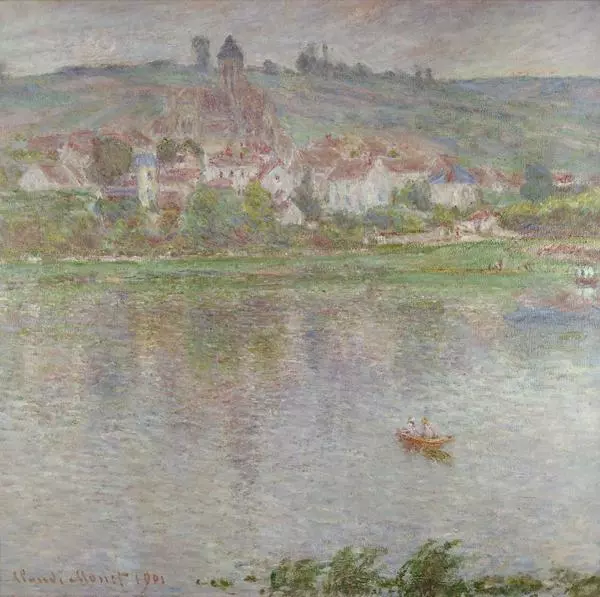Luncheon on the Grass
Время создания
1866
Размер
129,8x181,1 cm
129,8 х 181,1 cm
129,8 х 181,1 cm
Техника
oil on canvas
19
Открыть в приложении#1

Claude Monet
Luncheon on the Grass
#16
#3
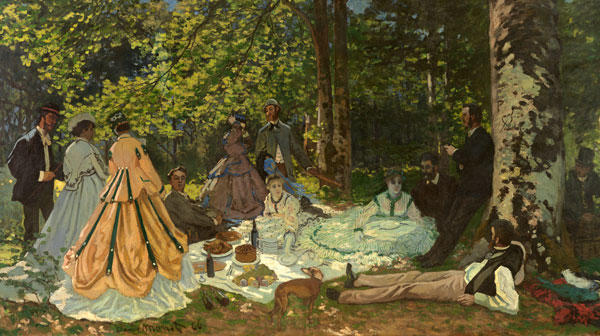
#10
Claude Monet is famous as one of the founders of the impressionist movement. His “Luncheon on the Grass” is a paraphrase of Manet’s painting by the same name, which had caused a scandal in the French artistic society a few years before. At the same time, while all the characters on Manet’s canvas were fully recognizable and this similarity was obviously important for the artist, Monet took an interest in something different: the landscape played the leading role, while the human figures were merely present. This is why, despite the rarity of a multi-character composition by him, only a few models posed for this painting. All of the male characters were Monet’s colleagues – artists Frédéric Bazille and Albert Lambron. The female figures were obviously painted from one model. There is no biographical evidence to confirm that Monet’s lover, Camille Doncieux, went to Chailly (where the piece was created) with him, but according to the most popular version of the story, it is her figure in the painting. Indirect evidence of this can be found in the fact that the same dresses are seen in Monet’s later artwork “Women in the Garden”, for which Camille definitely posed.
#17
Foliage
#4

#11
The main characters of “Luncheon on the Grass” are not the people involved in the typical gallant scene and not the landscape itself – it is the sunlight. We can see features of impressionism in the way the sun shines on the leaves in the upper left part of the painting: Monet uses free distinct brush strokes, capturing nature not as generally static, but as a changing, always moving substance.
#18
The heart
#20
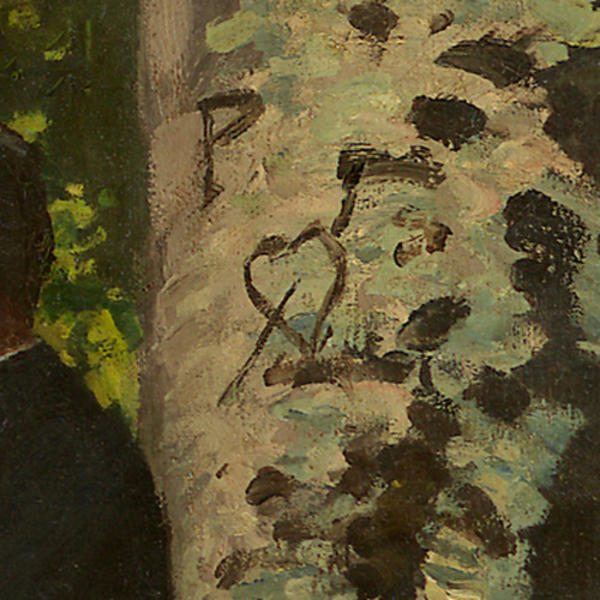
#19
The heart cut into the tree trunk is a mysterious symbol in this painting. In her book “Monet and His Muse”, Mary Gedo connects “Luncheon on the Grass” with the artist’s personal life and his relationship with Camille Doncieux, who was of a lower social status. For some time, Monet had to hide the romance from his family. According to Gedo, by depicting Camille in this painting, Monet burned bridges. He announced his romantic plans despite the possible condemnation of his relatives. Thus, the heart can be interpreted as an artistic love confession.
#21
Artist’s signature
#23

#22
The similarity of the surnames Monet and Manet confused their contemporaries at times. To avoid further confusion, Monet started to use a new signature with his full name for all his paintings, including “Luncheon on the Grass”.
читать дальшескрыть
00:00
00:00
1x
Luncheon on the Grass
Время создания
1866
Размер
129,8x181,1 cm
129,8 х 181,1 cm
129,8 х 181,1 cm
Техника
oil on canvas
19
Открыть в приложении
Поделиться

